Frequently asked questions about conservation easements
What Is A Conservation Easement?
A conservation easement (CE) is a voluntary legal agreement between a private landowner and a qualified organization such as a land trust to permanently limit some uses of the land in order to maintain certain values. The land remains in private ownership and the landowner continues to manage the land and may sell it or pass it to heirs. Typically the uses of the land are restricted in order to protect open space, wildlife habitat, or working forests and ranchlands. These restrictions run with the land and remain in place even after the land is sold or gifted to a new owner.
Will I Still Own The Land?
When you enter into a conservation easement agreement, you are granting some of the rights to your land to a land trust. Most CEs limit future development in order to preserve timber production, agricultural uses, open space, and/or wildlife habitat. You still maintain ownership and management of your land, and can sell or pass the land to you heirs. And your land is still subject to property taxes.
What Are the Benefits of a Conservation Easement?
One of the many benefits of entering into a conservation easement is the peace of mind that comes from knowing that a parcel of land that you treasure will be permanently protected for future generations. Easements preserve the conservation values of the land—agricultural production, wildlife habitat, scenic beauty, water quality, Palouse Prairie, and timber resources to name a few. The land trust monitors the easements it holds to ensure that the protections are honored. There may be financial incentives as well.
What Is Palouse Land Trust?
Formed in 1995, PLT is a community-supported 501(c)(3) nonprofit organization registered in Idaho. PLT works with willing landowners to help them permanently conserve important lands that have natural, recreational, scenic, or productive values. We also implements programs to support the communities of north central Idaho and Whitman County in southeast WA. We are committed to connecting people to their outdoor environment by conserving the lands and waters upon which we all depend.
What About the Federal Tax Incentives?
Landowners who donate a conservation easement may deduct the value of that charitable gift on their income taxes, much in the same way that other charitable gifts are deducted. In some cases a conservation easement can lead to reductions in estate taxes as well. If you are considering a conservation easement donation, please consult with your financial or legal advisor for details.
Does PLT Tell Landowners How To Manage Their Land?
No. The landowner continues to own and manage their conservation property. PLT is not a regulatory agency. PLT does require that a landowner adhere to the conditions of their conservation easement, which generally limits development and some uses in order to protect the conservation values.
Can I Still Harvest My Timber?
Yes. PLT recognizes the value of maintaining working timberlands. This is one of the conservation values that we seek to protect. We generally require that a landowner have a Forest Management Plan in place prior to conducting a commercial harvest to ensure that the forest resources are sustained for the future.
Can I Undo An Easement Later?
No. A conservation easement is recorded with the title to the property, making it permanent. We say that a CE “runs with the land”. Before entering into a conservation easement, careful thought must be given to the nature of the restrictions that will be placed upon the property. Every conservation easement is tailored to the land that it protects, and to the objectives of the landowners who grant the easement. Some terms may be negotiated before the easement is finalized; others may not be.
What Restrictions Will Be Requested Over My Property?
Each CE is unique to the land it seeks to protect and the vision of the landowner who grants it. PLT will negotiate the terms of the CE with you, the landowner, in order to ensure protection of the conservation values for which the easement is granted. Typical terms include limitations on subdivision, development, mining, dredging, dumping, and road building. Easements are also written to ensure that timber is harvested in a sustainable fashion, wetlands and streams are protected, and roads and structures are thoughtfully sited. Additional terms may be necessary to preserve scenic values or ensure the integrity of wildlife habitat, waterways, or working landscapes.
In the past, PLT has found that the terms it requests in conservation easements are the same terms that landowners who wish to preserve their land into the future are considering as well.
How Will The Easement Affect the Value Of My Land?
Because a conservation easement permanently restricts the development rights to a property, the value of the land is reduced by the value of those development rights. This reduction in value may qualify the landowner for a charitable tax deduction on their federal income tax, but a formal valuation must be made by a certified appraiser in order to do so.
How do I get started?
The first step is to connect with PLT to arrange a site visit to your property. This allows us to determine whether your land meets PLTs conservation project criteria. If the criteria are met, then we will work with you to draft a Letter of Intent outlining the steps in the process. This letter is not legally binding but indicates a commitment on the part of both yourself and the land trust to proceed with the project.
What If I Have Additional Questions?
Please contact Palouse Land Trust with additional questions. We would be happy to discuss proposed easement terms or any general questions or concerns regarding conservation easements. We would also be happy to connect you with other landowners in our area who have granted conservation easements to protect their working lands and scenic properties.

